
At last month’s Bloom event in the Phoenix Park, Dublin, a question asked in the Irish Wildlife Trust (IWT) tent about the installation of industrial infrastructure on bogs was answered by the IWT’s Patrick Fogarty. He described the bleak condition of Ireland’s bogs and made it clear that plantation forestry, wind farms, solar farms, dumps, and roads should not be located on the nation’s bogs, which should be restored to allow them to recover from decades of mining and drainage.
Responding, a lady from the audience stated that as a Dublin resident who does her best to be green, she felt very depressed about the detailed description of the extent of the degradation of our bogs and other peatlands and habitats generally.
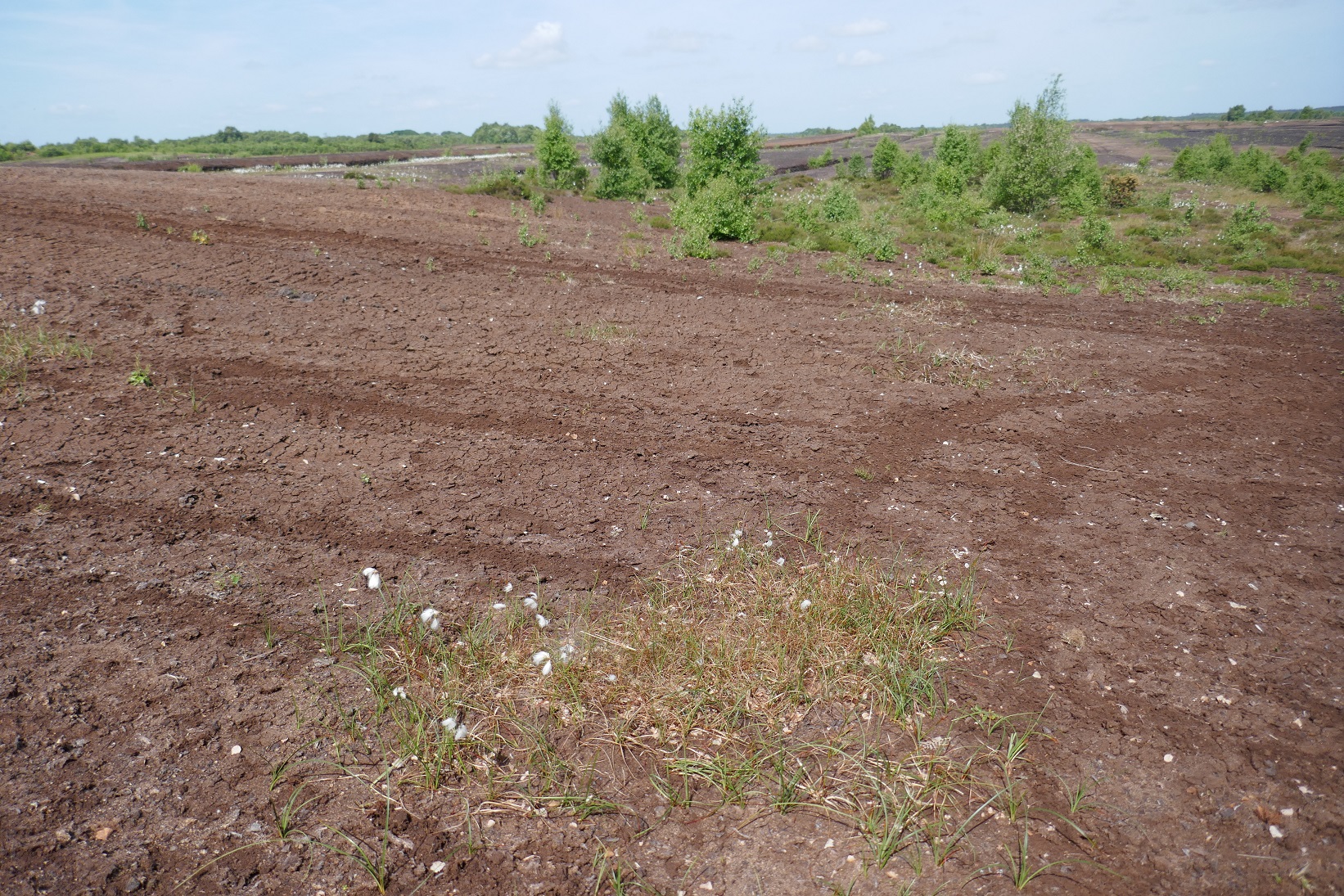
She does her best. She has a compost heap, plants flowers for pollinators, recycles her recyclable waste and probably uses public transport whenever possible and may use an electric vehicle for destinations that are not served by public transport. She does not burn fossil fuels; she has solar panels and has retrofitted her walls and roof space with insulation. She might also have had double-glazing units fitted and wears extra layers of clothing to minimize the amount of electricity used during the colder months.
She might be buying clothing made from organic cotton and eschewing ‘fast fashion.’ If she is a mother, she might use cloth or biodegradable nappies.
Surely, she pleaded, she was doing enough. What else is she to do?
As a society, we don’t know how diminished our environment is.
Let us probe a bit deeper.
She has a compost heap. Why does she need a compost heap? According to the Environmental Protection Agency Irish households threw away an estimated 241,000 tonnes of food (31% of the total) in 2020. Excessive purchase creates an impetus to over-produce and encourages the practices of intensive farming that removes habitats and poisons our atmosphere, water, and soils. Shoppers need to think more about food quantity. Do we need to buy so much food? Consumer behaviour feeds back into food production practices, so choose less, and pay more for sustainably produced food.
If you don’t overbuy food, you will not generate the same amount of packaging waste either.
She plants flowers for pollinators. That sounds great, but it often makes matters worse.
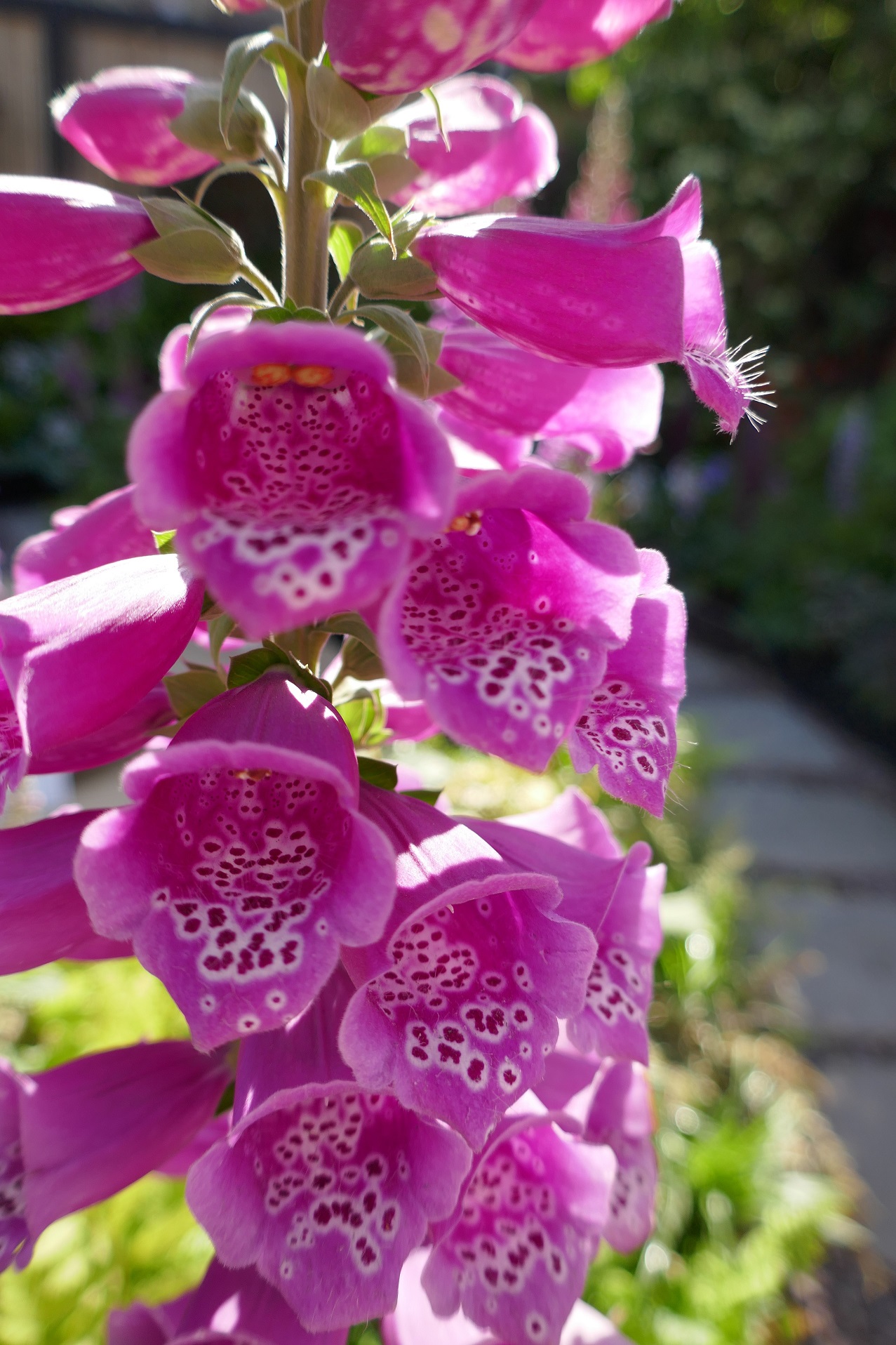
Where did the plant come from, what species is it, how much fertilizer was used to produce it and what is the growing medium?
The plant is most likely an import from Europe. It was not grown from native seed or native cuttings. It travelled here by boat or aircraft and by delivery vehicle, adding to transport emissions.
Regarding species, it might be a plant native to another part of the world. Plants sourced from other ecosystems often cause ecological damage when placed in our habitats and are often of very limited value to Ireland’s wildlife. A gardener’s favourite is Buddleia davidii and cultivated varieties of this plant. This plant is often called the Butterfly Bush. It attracts butterflies but it does not attract many species and its leaves feed very few moth larvae and no butterfly larvae.
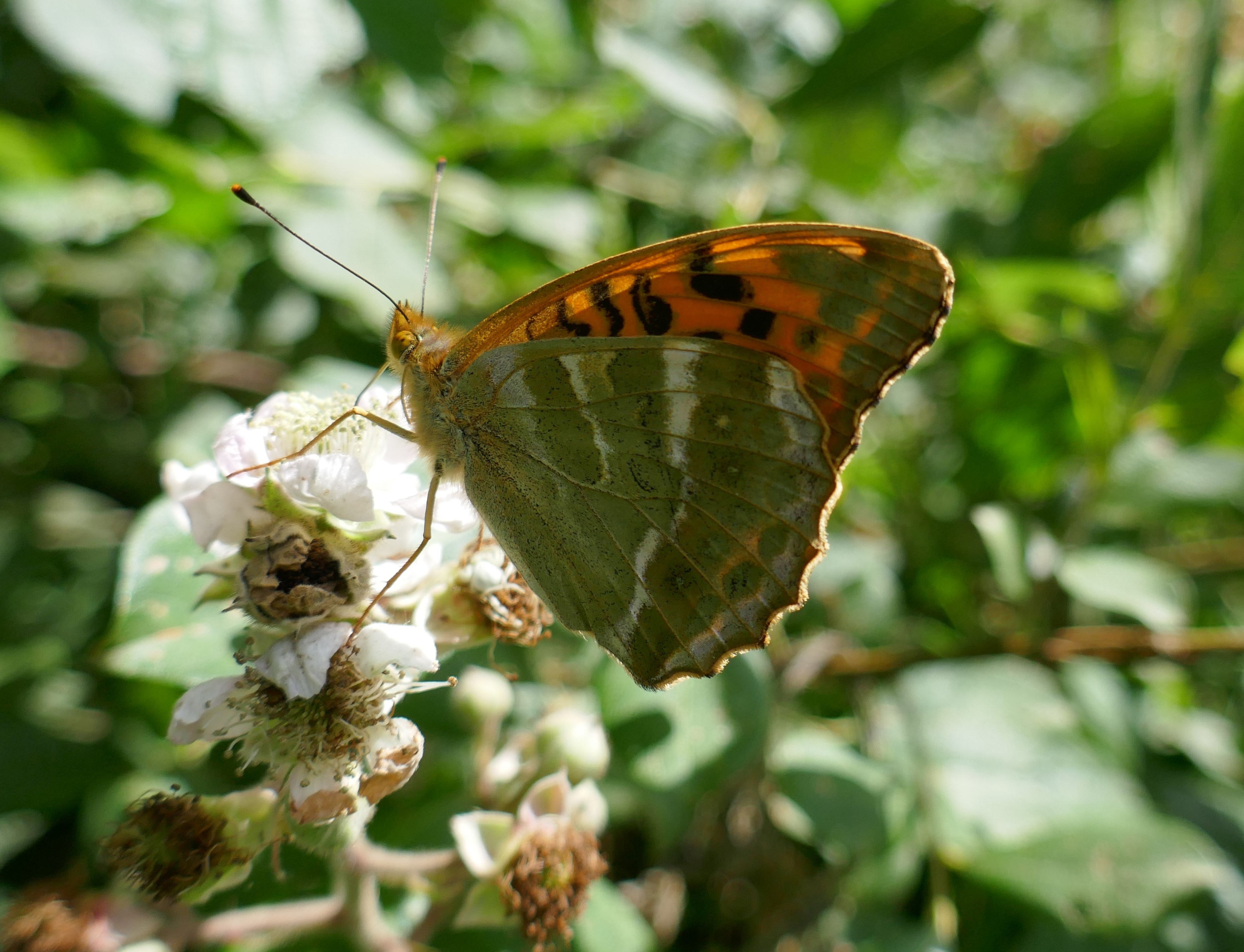
Despite its blooms being festooned with glorious Peacock, Red Admiral and Small Tortoiseshell butterflies especially, it is very limited in its overall value to pollinators. A recent study Conserving Diversity in Irish plant-pollinator Networks (2022) concerning plant-pollinator relationships compiles a top 33 plant list. Buddleia is not on it.
Even worse is the choice of another flowering shrub, Fuschia.
This plant has escaped into the wild and is wreaking havoc on natural habitats, displacing native, insect-rich shrubs. Again, it attracts bees but its leaves feed very few native insects. Our native shrubs do have central roles in our ecosystems, sheltering and feeding the immature and adult stages of our insects. But these are ignored by many gardeners who think that buying visually appealing non-indigenous plants marketed ‘Bee Friendly’ or with a Peacock butterfly pictured on the label means their choice is nature friendly.
This is slick marketing, not ecological truth.
Further strain on our world is evident in the plastic pot, the synthetic fertilizer and peat used in the growing medium the plant comes in. All these items require energy to produce, with oil also a component in the plastic pot and fertilizer. The production of these two materials adds to the atmospheric pollution driving climate change and habitat damage on a global scale. The peat was robbed from the environment. Robbed, not ‘harvested.’ This impoverished or completely removed the peatland habitat leading to the extinction of the Curlew from most of its Irish range with more extinctions to follow. Peat removal pollutes streams, rivers and lakes and atmosphere.
While I lack the data to prove this, there is a possibility that attracting butterflies by planting Buddleia damages the butterflies that benefit from the rich nectar provided.
Buddleias planted in sunny, sheltered situations will attract butterflies, sometimes in impressive abundance. It appears to be doing so much good. Day after day of Large Whites, Red Admirals, Peacocks, Small Tortoiseshell, Commas, and even Silver-washed Fritillaries. What’s not to like?
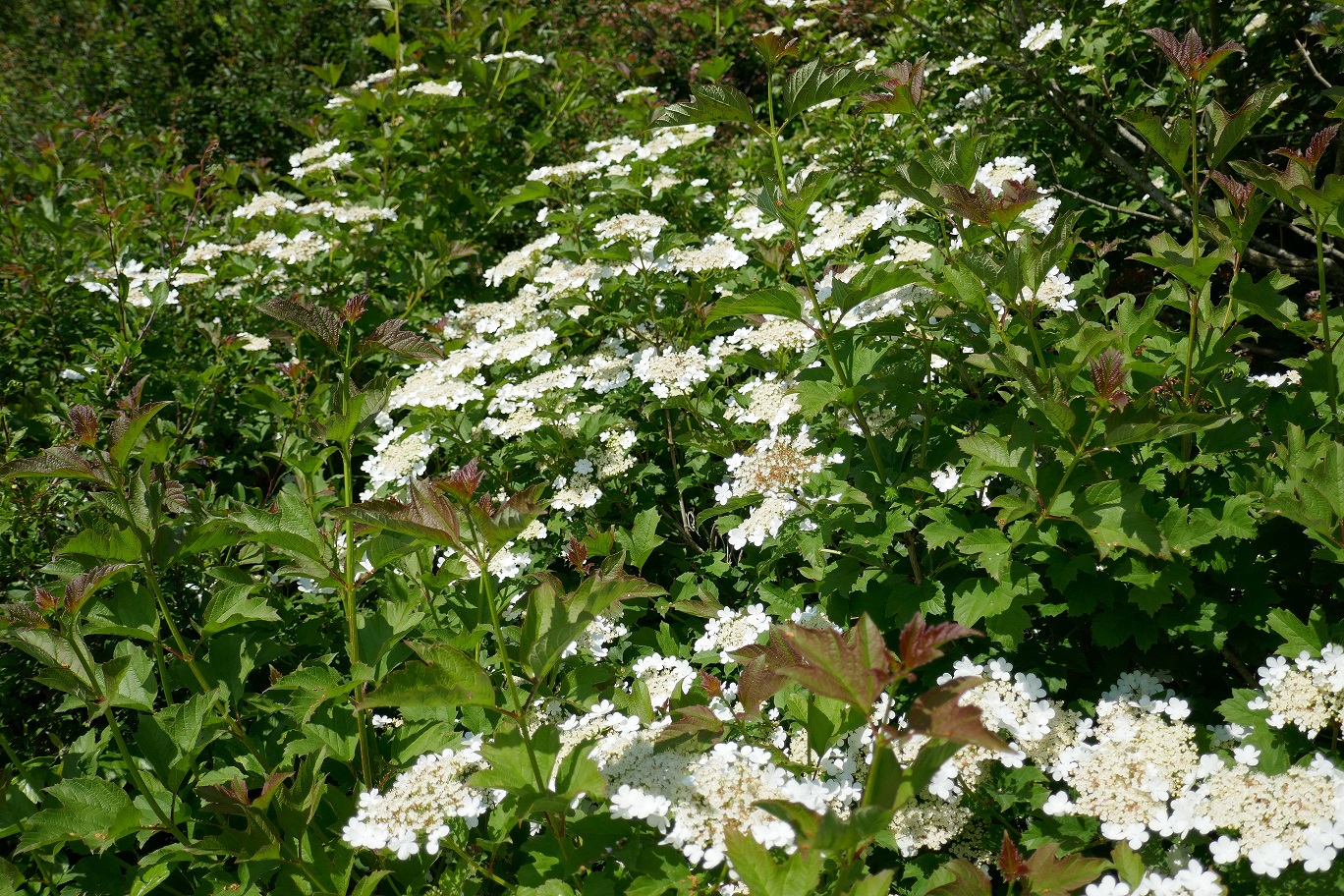
Concentrating butterflies in a small area concentrates predators too. I frequently observe small birds such as Robins, Blue Tits and Wrens being drawn to Buddleias to attack butterflies. Both birds prefer to hunt in shrubs, so the presence of the butterflies on this bush makes them more vulnerable to avian attack. Furthermore, concentrating birds in a small area may make contagious diseases a greater threat. Buddleia is a bird table for butterflies, and insectivorous birds, but it may turn out that both groups end up sacrificed on the altar of our good intentions.
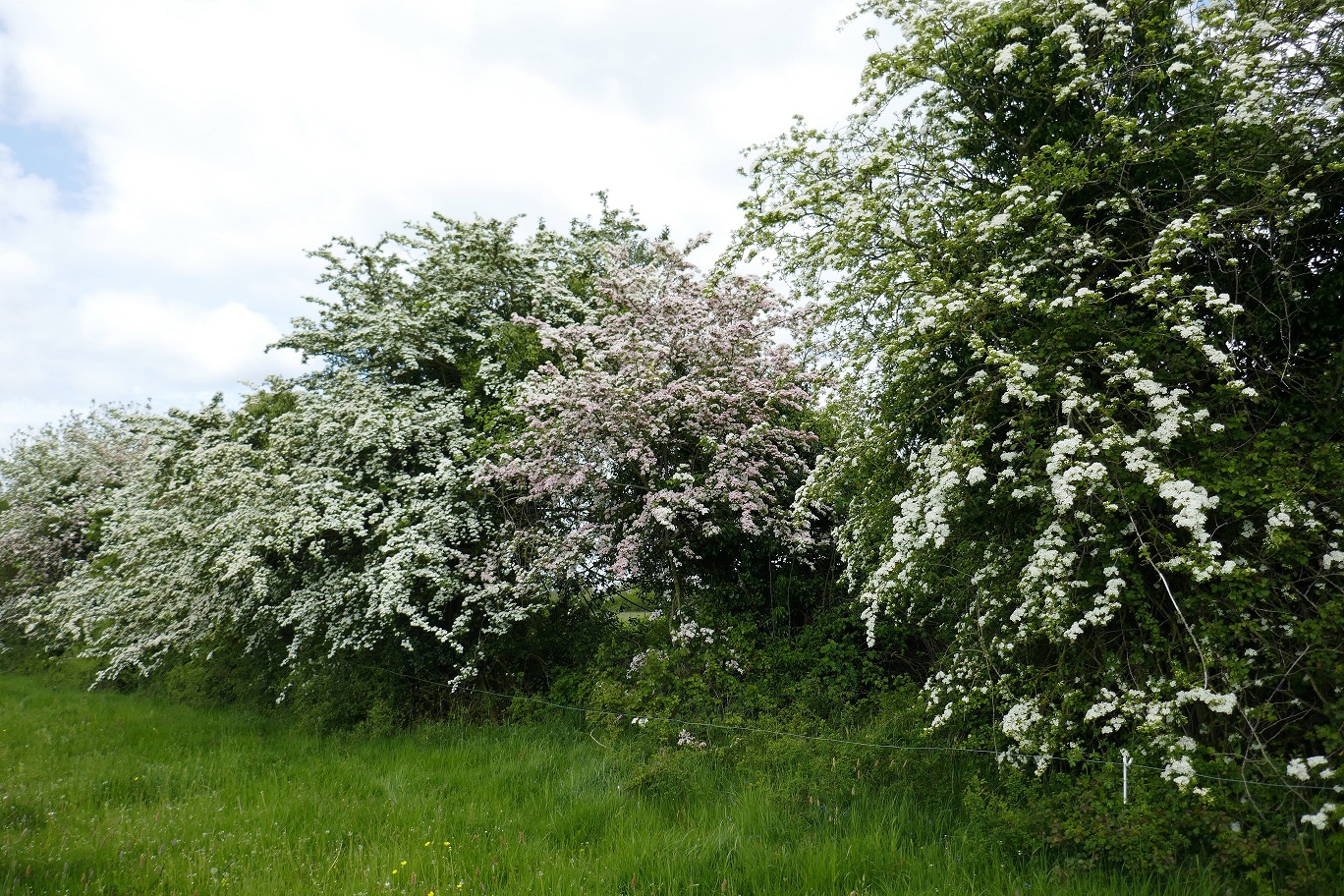
The answer is to grow our native herbs and native trees widely. Garden centres grow according to demand. Much better, harvest native seeds from wild places nearest to your home and create compatible habitats in gardens and green spaces. By ‘compatible’ I mean the natural habitats that are represented locally and that belong together. If you farm, farm with nature. Get advice from your farm advisor about the best ways to do this.
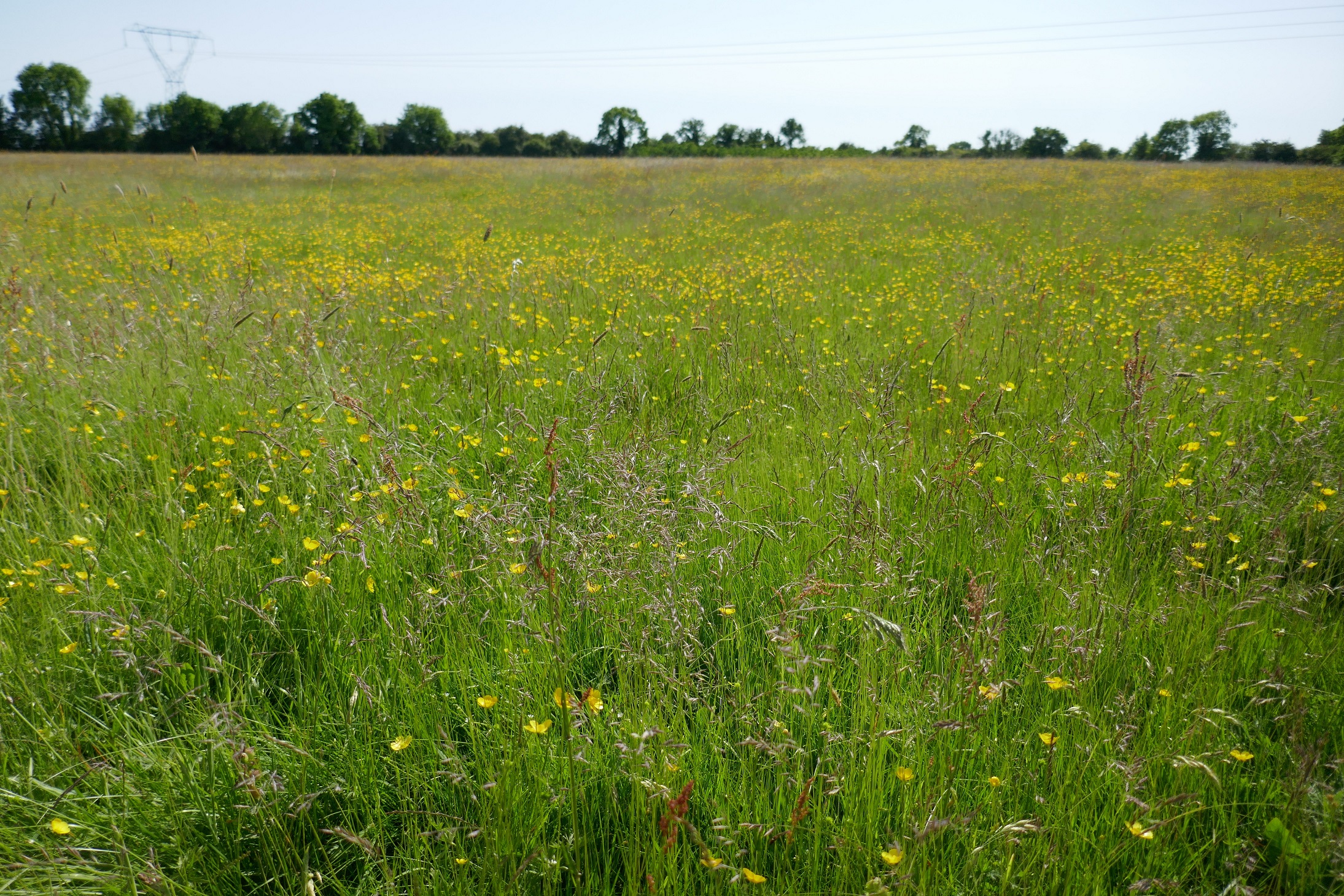
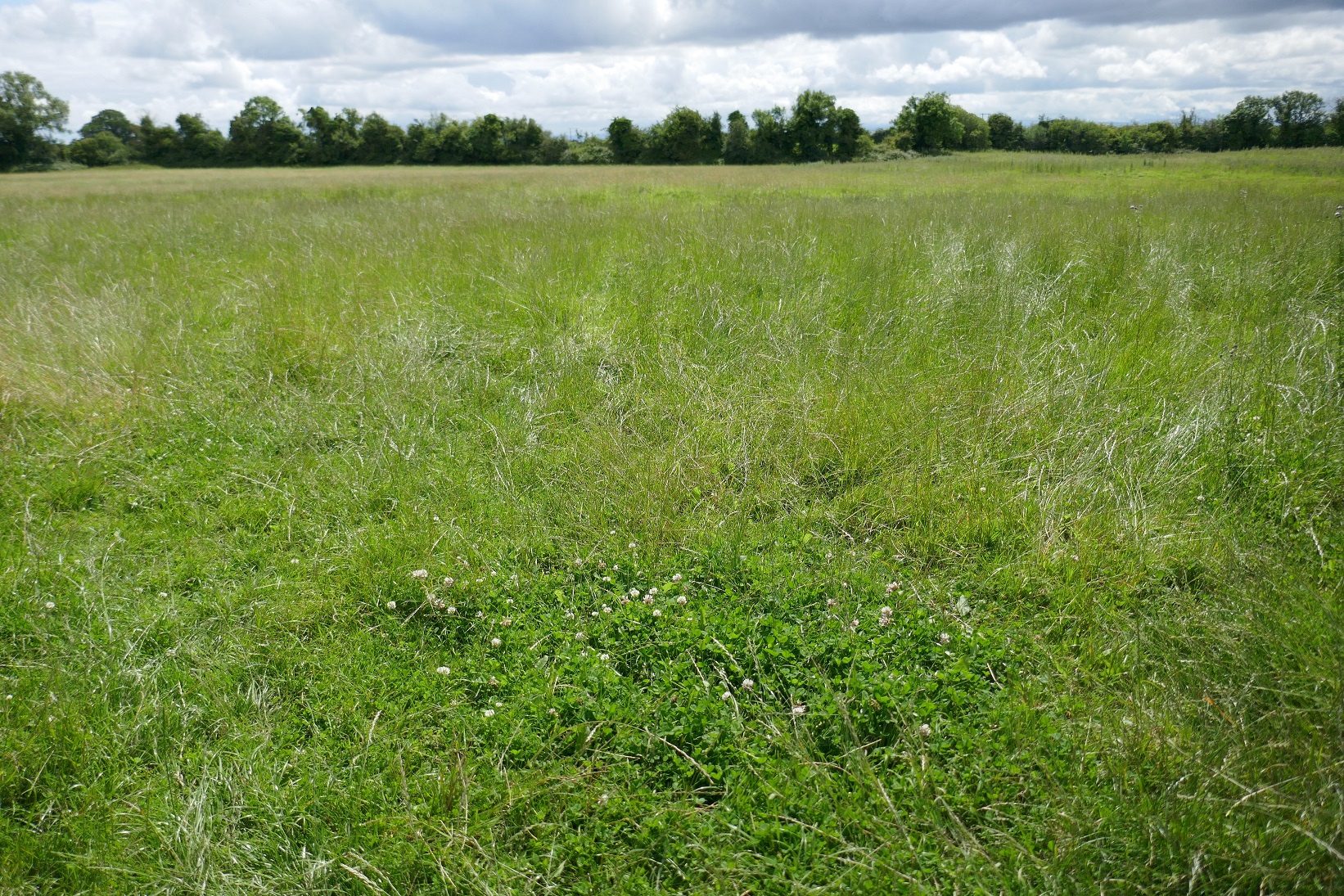
Electric vehicles are not a panacea for Greenhouse gas (GHG) emissions from the transport sector. We still generate power by burning fossil fuels so powering up electric vehicles contributes to emissions. Unless we get our power from clean energy sources that do not involve habitat destruction we are doing no real good. Even when clean, renewable energy is produced sustainably, the construction process for EVs is very severe on the environment with some dreadful consequences in many areas mined for the materials used for the EV batteries.
Insulating one’s home, and installing double-glazed windows and solar panels will help to reduce energy consumption and lower GHG emissions. Where you can, get rid of hard surfaces such as tarmac, brick drives and concrete. New builds should use as much natural material as possible. Natural slate (not always expensive, depending on the source), clay roof tiles, natural stone and clay brick should replace concrete, the production of which requires enormous energy and generates massive CO2 emissions.
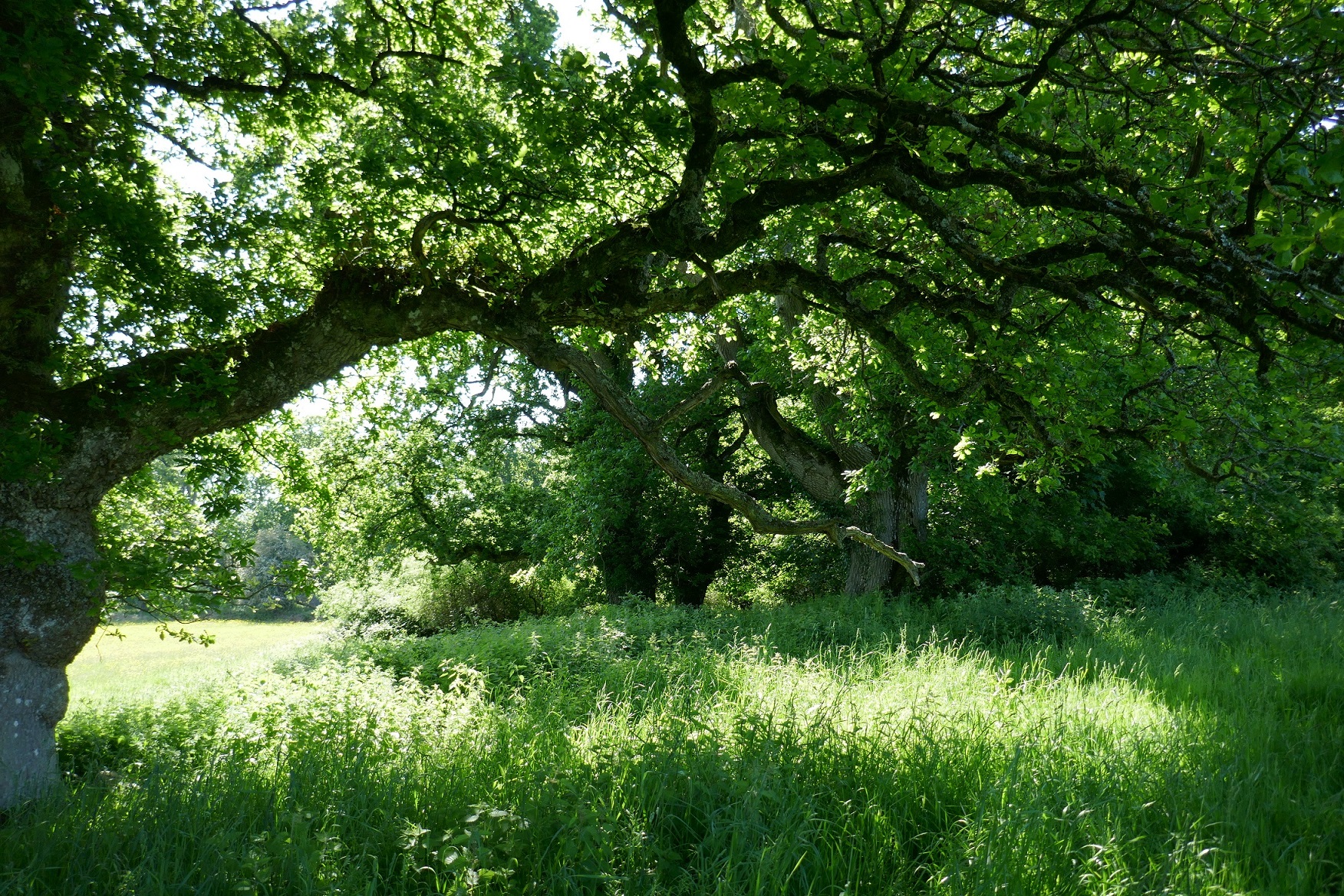
But to take this article back to where it began, we must re-wet our bogs and other wetlands, re-plant native woods and allow existing native woods to expand, reduce the pressure on land by producing and consuming less, grow food with reduced or no chemical inputs and generally allow nature to return. The crisis must be tackled at every level, in one’s home, garden, neighbourhood, nationally, and globally.
The soaring temperatures across southern Europe and the United States and flooding and drought elsewhere are alarms we must not ignore. Those who rejected the EU Nature Restoration Law should consult their conscience and intelligence.
Removing nature removes us. Action now.
Photos copyright J. Harding

